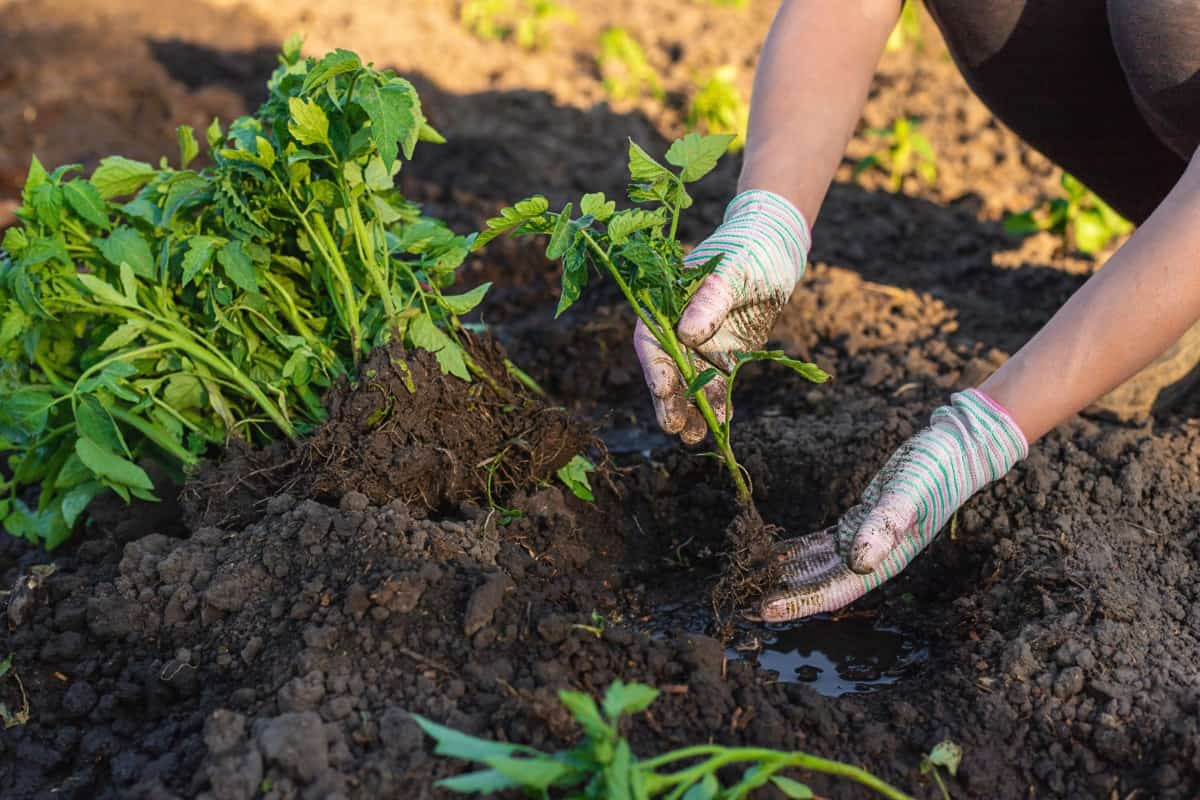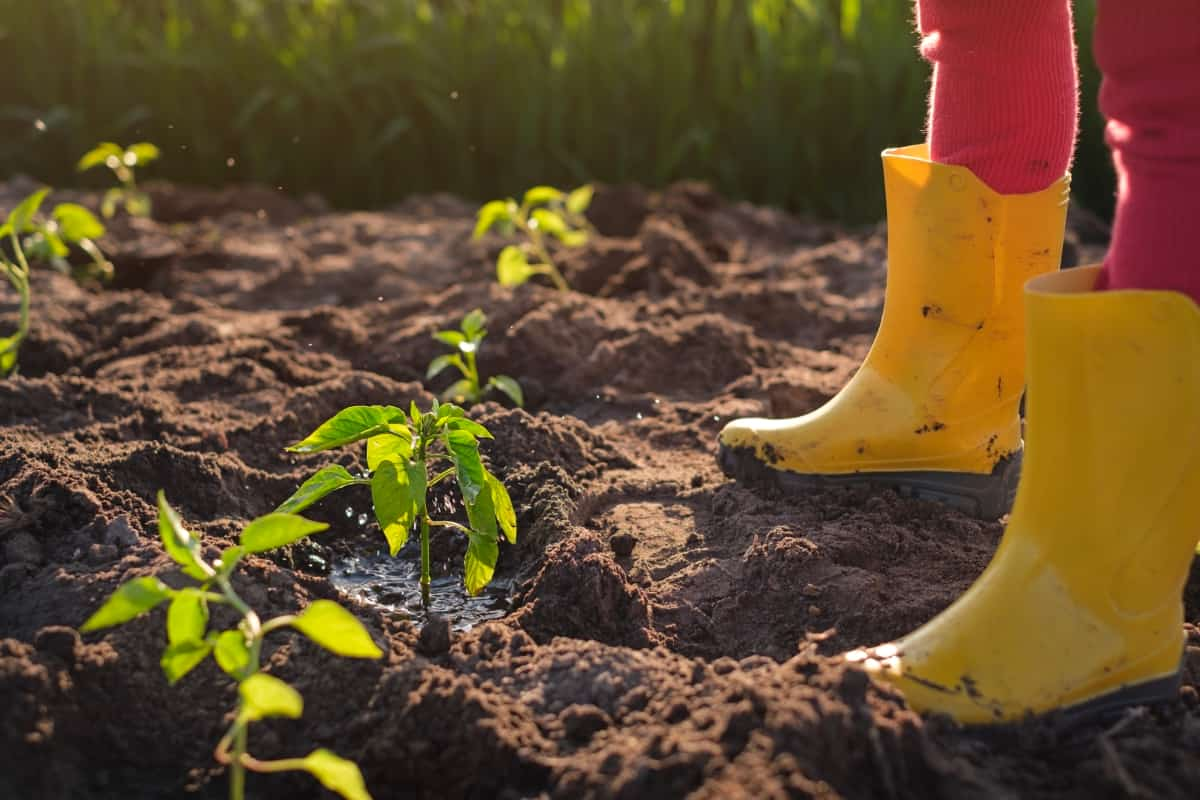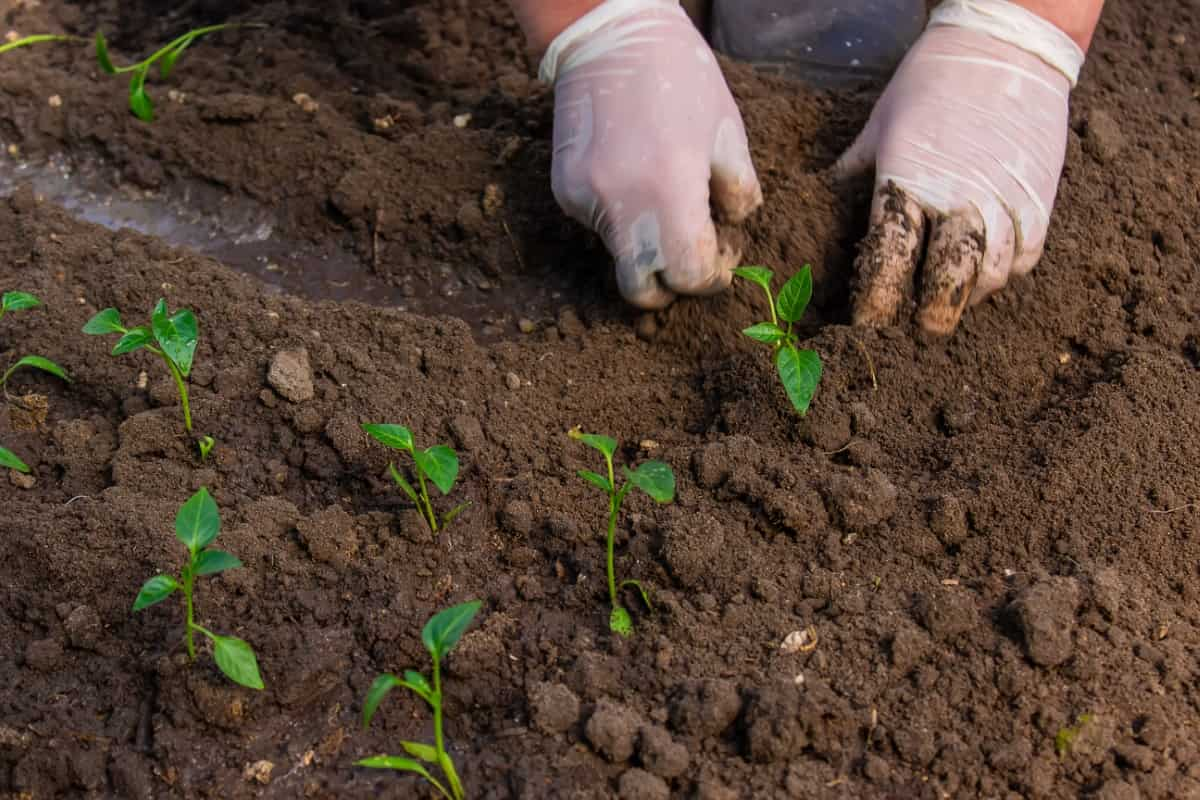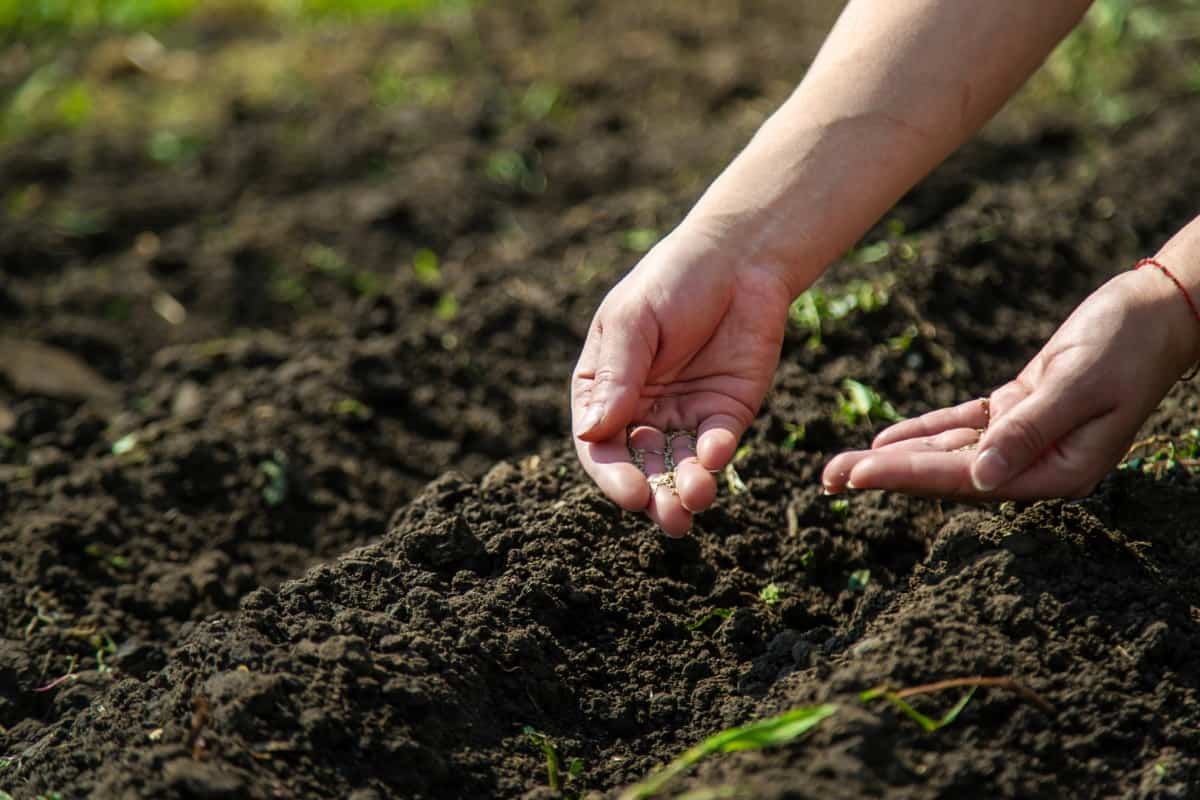Soil-borne diseases are a real threat to your plants, lurking beneath the surface and causing unseen damage. These diseases are caused by various pathogens that live in the soil, waiting for the perfect conditions to strike. Every gardener needs to understand the risks associated with soil-borne diseases and take proactive measures to protect their plants.

Understanding Soil-Borne Diseases: An Overview
These diseases are caused by pathogens present in the soil that can infect plant roots and affect their overall health. Soil-borne diseases can manifest in various ways, from stunted growth and yellowing leaves to sudden plant death. Understanding these diseases is crucial for effective prevention and management strategies.
Common soil-borne pathogens include fungi, bacteria, nematodes, and viruses. Each type of pathogen targets specific plants and can cause significant damage if left unchecked. Preventing soil-borne diseases requires a multifaceted approach that focuses on promoting healthy soils and strong plant immune systems.
Common Soil-Borne Pathogens and Their Impact on Plants
Soil-borne pathogens are microscopic troublemakers and can cause diseases that stunt growth, wilt leaves and ultimately lead to plant death. One common culprit is Fusarium, known for causing wilting and yellowing of foliage in various crops. Another sneaky pathogen is Rhizoctonia, which thrives in warm, moist soil and can result in root rot and damping-off.
Pythium is another troublemaker that targets seedlings with its damping-off disease. And let’s not forget about Phytophthora, a water mold that attacks roots during wet conditions. These pathogens disrupt nutrient uptake and weaken plants’ defenses against environmental stressors. Understanding their impact is crucial for implementing effective prevention strategies to safeguard your garden from these hidden threats lurking below the surface.
Strategies for Soil Health Improvement to Prevent Diseases
The effective approach is to promote a diverse and balanced microbial community in the soil. This can be achieved by organic matter like compost or cover crops, which act as food sources for beneficial microbes. Another crucial strategy is maintaining proper drainage to prevent waterlogged conditions that can create an environment conducive to disease development.
In case you missed it: Practices to Prevent Disease Spread in the Garden

Furthermore, practicing proper crop rotation helps break disease cycles by interrupting the build-up of specific pathogens that target certain plant species. By rotating different types of crops seasonally, you can effectively manage soil-borne diseases while promoting overall soil health and fertility.
Crop Rotation and Its Role in Managing Soil-Borne Diseases
Crop rotation is like giving your plants a change of scenery. By alternating the crops grown in a particular area, you can disrupt the life cycles of soil-borne pathogens. Imagine it as a strategic game where you outsmart the disease-causing agents by not letting them settle comfortably in one spot for too long.
Different plants have different nutrient needs and vulnerabilities, so rotating them helps maintain balance in the soil ecosystem. It’s like hosting a diverse dinner party for beneficial microorganisms while keeping harmful ones at bay. This practice also reduces the build-up of diseases specific to certain plant species. So, if carrots were vulnerable last season, planting tomatoes their next time could break the cycle and protect both crops.
The Importance of Soil Testing in Disease Prevention
Soil testing is a main step in preventing soil-borne diseases and ensuring the health of your plants. By analyzing the soil composition, you can identify any deficiencies or imbalances that may make your plants more susceptible to pathogens. Knowing the pH levels, nutrient content, and overall quality of your soil allows you to make informed decisions about how to improve its condition.
Regular soil testing also provides valuable information on which nutrients are lacking in your soil, enabling you to tailor your fertilization practices accordingly. By addressing nutrient deficiencies promptly, you can strengthen plant immunity and reduce the risk of disease outbreaks.
Organic Amendments: Enhancing Soil to Resist Diseases
Organic amendments play a vital role in boosting soil health and equipping plants with the defense mechanisms they need to fend off diseases. By incorporating organic matter like compost, manure, or cover crops into the soil, you are enriching it with essential nutrients and beneficial microorganisms that can help suppress harmful pathogens.
In case you missed it: Natural Remedies to Cure Brown Spots on Fig Tree Leaves

These natural amendments promote biodiversity in the soil, creating a balanced ecosystem where beneficial microbes outcompete disease-causing organisms. Additionally, organic materials improve soil structure, enhancing water retention and nutrient availability for plants to thrive. By consistently adding organic matter to your garden beds, you are not only nurturing your plants but also building resilience against soil-borne diseases.
Biological Control Agents Against Soil-Borne Diseases
Biological control agents are nature’s allies in the fight against soil-borne diseases. These beneficial organisms work harmoniously with plants to suppress pathogens and promote a healthy soil environment. One example of a biological control agent is mycorrhizal fungi, and it form symbiotic relationships with plant roots, improving nutrient uptake and disease resistance.
Another powerful ally is Trichoderma species, known for their ability to outcompete pathogenic fungi for soil resources. Integrating these biological controls into your gardening practices can help prevent disease outbreaks before they even begin. By supporting the natural balance of microorganisms in the soil, you create an environment where beneficial organisms thrive while harmful pathogens struggle to take hold.
Chemical Controls: When and How to Use Them Safely
Before applying any chemicals, always read and follow the instructions on the label carefully. Pay close attention to dosage recommendations and safety precautions to protect both your plants and the environment. It’s crucial to identify the specific pathogen causing issues in your soil before selecting a chemical control method. Different diseases require different types of fungicides or pesticides for effective treatment.
Always consider using less toxic alternatives first, such as biological controls or organic amendments, before resorting to chemical options. If you do decide that chemical controls are necessary, ensure proper application techniques by evenly distributing the product over affected areas without excessive use.
Mulching and Its Benefits in Disease Suppression
Mulching is like a protective blanket for your plants, shielding them from the harmful effects of soil-borne diseases. By covering the soil around your plants with mulch, you create a barrier that inhibits the spread of pathogens.
In case you missed it: From Wilted to Thriving: How to Treat Root Rot Naturally in Houseplants

Moreover, mulch helps to regulate soil temperature and moisture levels, creating an environment that is less conducive to disease development. Organic mulches like straw, wood chips, or shredded leaves are popular choices for disease suppression. These materials not only provide a physical barrier against pathogens but also encourage beneficial microbial activity in the soil.
Integrated Disease Management: A Holistic Approach
Integrated Disease Management (IDM) is a comprehensive strategy that combines various techniques to effectively control soil-borne diseases. By utilizing multiple approaches simultaneously, IDM aims to minimize the reliance on any single method for disease management. The key aspect of IDM is promoting plant diversity in the garden or field. Another component of IDM involves using resistant varieties whenever possible.
Planting cultivars that are naturally resistant to certain diseases can provide an added layer of protection against soil-borne pathogens without the need for chemical treatments. Implementing good cultural practices, such as proper irrigation and adequate spacing between plants, also plays a crucial role in integrated disease management. These practices help create unfavorable conditions for pathogen development while promoting overall plant health.
- Natural Solutions for Pest Control in Flower Gardens
- Types of Fungicides Used in Agriculture
- Common Issues in the Fruit Development Stage of Pomegranate Farming
- Fruit Development Issues in Papaya: Easy Solutions and Treatment
- Soil-Borne Diseases and How to Protect Your Plants
- Practices to Prevent Disease Spread in the Garden
- From Wilted to Thriving: How to Treat Root Rot Naturally in Houseplants
- Natural Remedies to Cure Brown Spots on Fig Tree Leaves
- Natural Solutions for Poinsettia Problems: 100% Effective Remedies